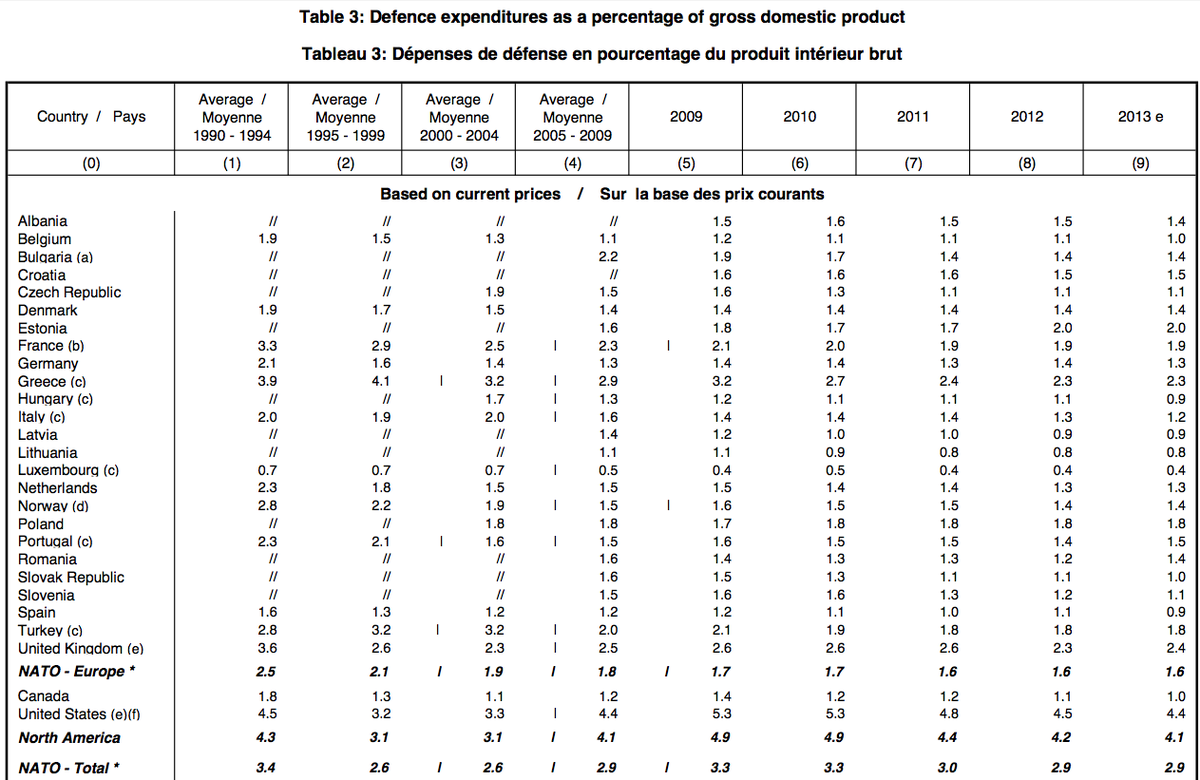Russian Aircraft Carrier Crossed Into a NATO Member State's Exclusive Economic Zone With Impunity
Página 1 de 1.
 Russian Aircraft Carrier Crossed Into a NATO Member State's Exclusive Economic Zone With Impunity
Russian Aircraft Carrier Crossed Into a NATO Member State's Exclusive Economic Zone With Impunity
MILITARY & DEFENSE More: Russia The Netherlands NATO Military Spending
Russia's Aircraft Carrier Crossed Into A NATO Member State's Exclusive Economic Zone With Total Impunity
JEREMY BENDER
MAY 27, 2014, 3:52 PM
The Admiral Kuznetsov
On May 8, Russia's only aircraft carrier, the Admiral Kuznetsov, passed through the Netherlands' exclusive economic zone (EEZ). Although the Dutch Navy had spotted the Kuznetsov days earlier, it was unable to provide an escort for the Russian warship as it passed through their EEZ, David Cenciotti wrote for Medium.
Just as it is common practice for NATO air forces to scramble and intercept intruding aircraft, non-NATO vessels are supposed to be escorted as they pass close to a respective country's shore.
Ultimately, the Dutch Coast Guard resorted to deploying a Dornier-228 aircraft to shadow the Russians through the Netherlands' EEZ. But the aircraft lacks the equipment necessary for comprehensive electronic or photographic intelligence gathering.
Although the ship did not pass into actual Dutch territory, the decision for the Russian aircraft carrier to pass through the Channel — instead of following the usual course of sailing around Ireland — has been viewed as a Russian show of force.
Since 2002, the Dutch have retired their entire fleet of dedicated patrol aircraft. The Royal Netherlands Navy has also shrank due to years of military budget cuts.
This failure of the Dutch to escort a Russian ship through its own EEZ underscores a wider failing within Europe to maintain a state of military readiness. NATO members are meant to spend at least 2% of their GDP every year on defense spending, although only four member states reached that goal in 2013.
Defense spending throughout much of Europe has steadily fallen over the past two decades, partly because of the U.S.' treaty-bound protection of its European allies. And the end of the Cold War convinced European states that a period of peace was at hand.
The average defense spending of European NATO members fell from 2.5% of GDP between 1990 to 1994 to only 1.6% of GDP by 2013. In comparison, the U.S.' defense spending remains over the NATO minimum at 4.1% of GDP.
U.S. Secretary of State John Kerry has insisted that NATO members began to make credible commitments to increase their defense spending over the next five years.
Fuente: http://www.businessinsider.com/netherlands-response-to-a-russian-aircraft-2014-5#ixzz339XYmEIx

belze- Staff
-
 Cantidad de envíos : 6135
Cantidad de envíos : 6135
Fecha de inscripción : 10/09/2012
 Temas similares
Temas similares» U.S. aircraft carrier and part of its escort “sunk” by French submarine during drills
» Costly ‘technological marvel’: US Navy christens new class $13bn aircraft carrier
» El Oso Ruso vuelve a alzar la zarpa: La confrontación entre éste y el Aguila calva no ha terminado
» China and the United States Are Preparing for War
» Presidente Palestino amenaza con ir ante la ONU
» Costly ‘technological marvel’: US Navy christens new class $13bn aircraft carrier
» El Oso Ruso vuelve a alzar la zarpa: La confrontación entre éste y el Aguila calva no ha terminado
» China and the United States Are Preparing for War
» Presidente Palestino amenaza con ir ante la ONU
Página 1 de 1.
Permisos de este foro:
No puedes responder a temas en este foro.|
|
|


 Índice
Índice Últimas imágenes
Últimas imágenes Registrarse
Registrarse Conectarse
Conectarse
